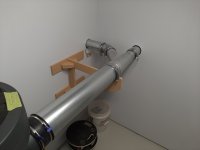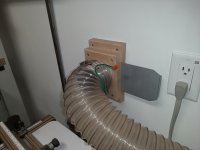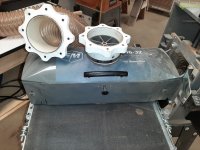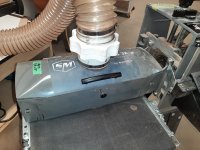8 or 9 years ago, it cost me under $450 Cdn to have a master electrician install a 220V outlet to my garage (for use with the garage heater). (The apprentice did 98% of the work, and he left and came back after an hour or two.)
During the pandemic, I decided I needed two 20amp outlets for my shop, and installed them all by myself. I ran the cables all the way from the basement to the garage/shop, just like the way the electrician did. I paid for the permit plus all the supplies. The city inspections were done virtually. With 1 220V, 2 20amp and 1 15 amp outlets in the shop, I have had no more trips to the breakers.
During the pandemic, I decided I needed two 20amp outlets for my shop, and installed them all by myself. I ran the cables all the way from the basement to the garage/shop, just like the way the electrician did. I paid for the permit plus all the supplies. The city inspections were done virtually. With 1 220V, 2 20amp and 1 15 amp outlets in the shop, I have had no more trips to the breakers.




